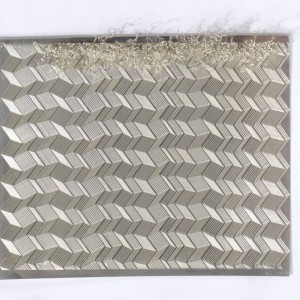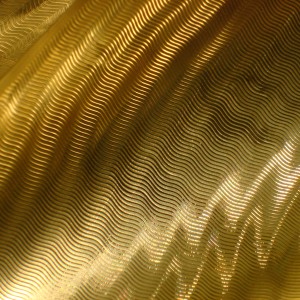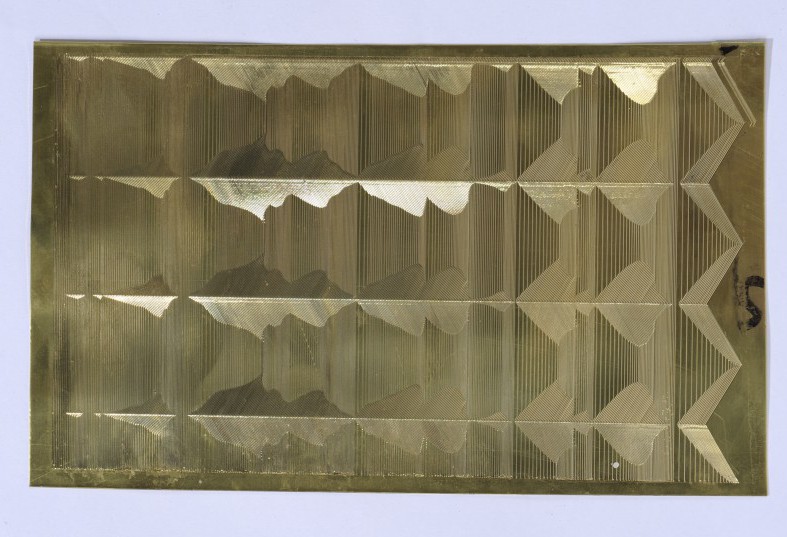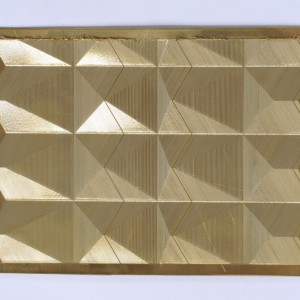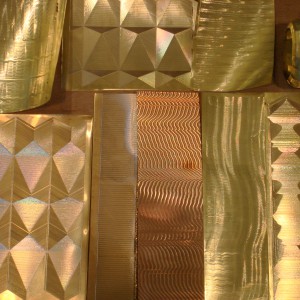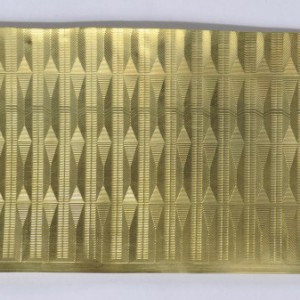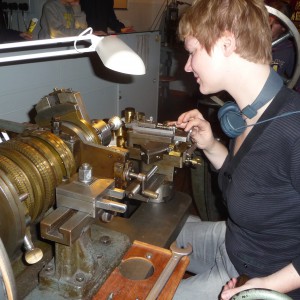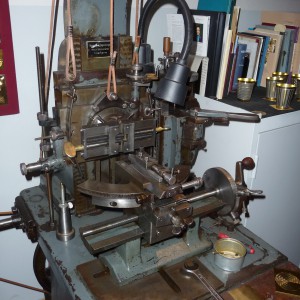Engine Turning/Guilloché Engraving
Guilloché Engraving – Engine Turning
The straight-line engine
Engine-turning is a semi-mechanical engraving technique for embellishing the surfaces of jewellery creations, watches or small items of practical utility.
Guilloché patterns, like those engraved on cigarette cases and lighters, Fabergé eggs, watch dials and small pill boxes, are characterized by their compellingly regular lines and exquisite sheen.
Rose engines for creating curved-line guilloché patterns are a technological achievement of the 17th century that was developed from ornamental woodturning lathes. A straight-line engine is based on the same principle as a rose engine. The workpiece concerned is fixed by a clamping device that is pressed by a spring against the pattern bar at the side, and moved vertically downwards by operating a hand wheel. The clamping device is fitted with a touch (tracing pin) that traces the pattern bar’s profile, thus setting the workpiece in a rocking wave-like or zigzag motion, which is determined by the pattern of the bar concerned.
At the same time, the cutting tool mounted on a slide is pressed by the operator’s thumb against the workpiece. When the operator turns the hand wheel with his/her left hand, the workpiece is moved along the cutter. As in wood-planing, a flake comes off each time because some of the material is being removed in the process. A guillochéd line, however, thanks to the cutter’s two polished facets, reflects the light in a unique manner. In order to cut the next line, the cutter’s position is shifted by one increment. The identical distance between the individual lines and the cutter’s consistent depth of penetration into the precious metal are key to creating a regular pattern whose lines don’t cast any shadows.
The advent of disposable lighters, cigarette packets and pens in the 1980s put an end to the popularity of guillochéd products, and the technique barely survived. In the upmarket jewellery and watch segment, however, as well as in contemporary jewellery and small series, guilloché ornaments are experiencing a revival.
The early 19th century saw the advent of a new application for guilloché patterns: they were engraved in the printing plates for banknotes and securities so as to prevent forgery and counterfeiting.
